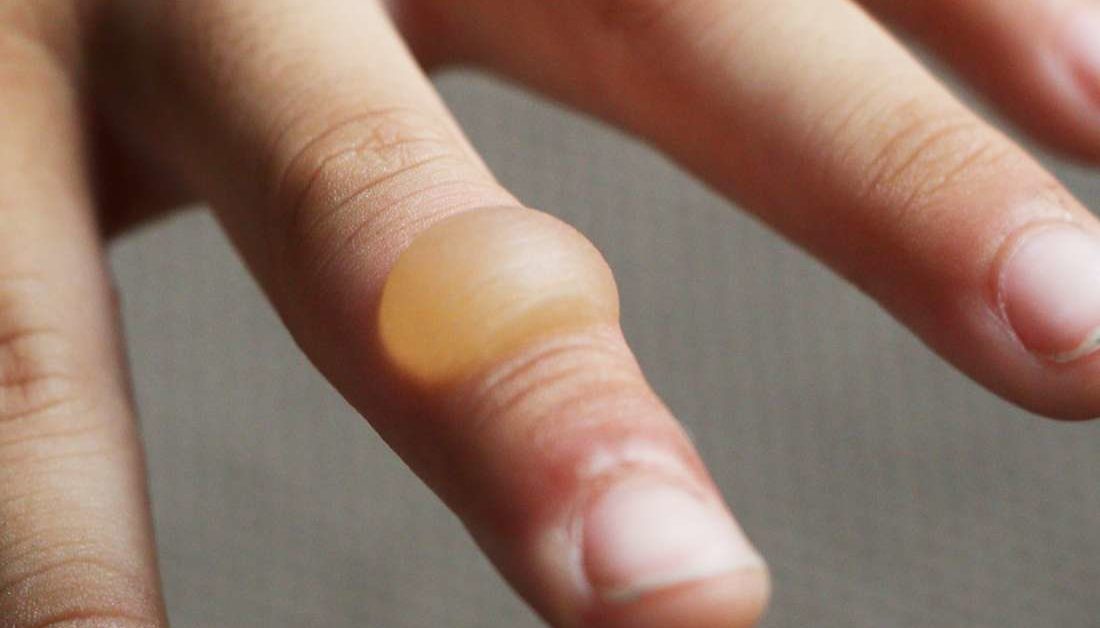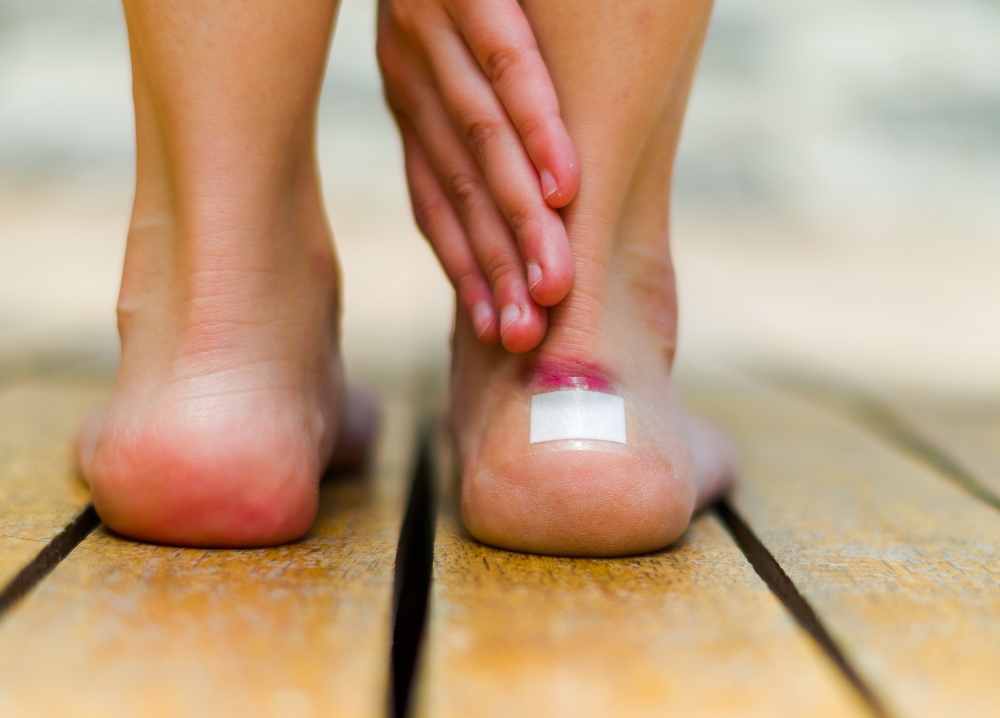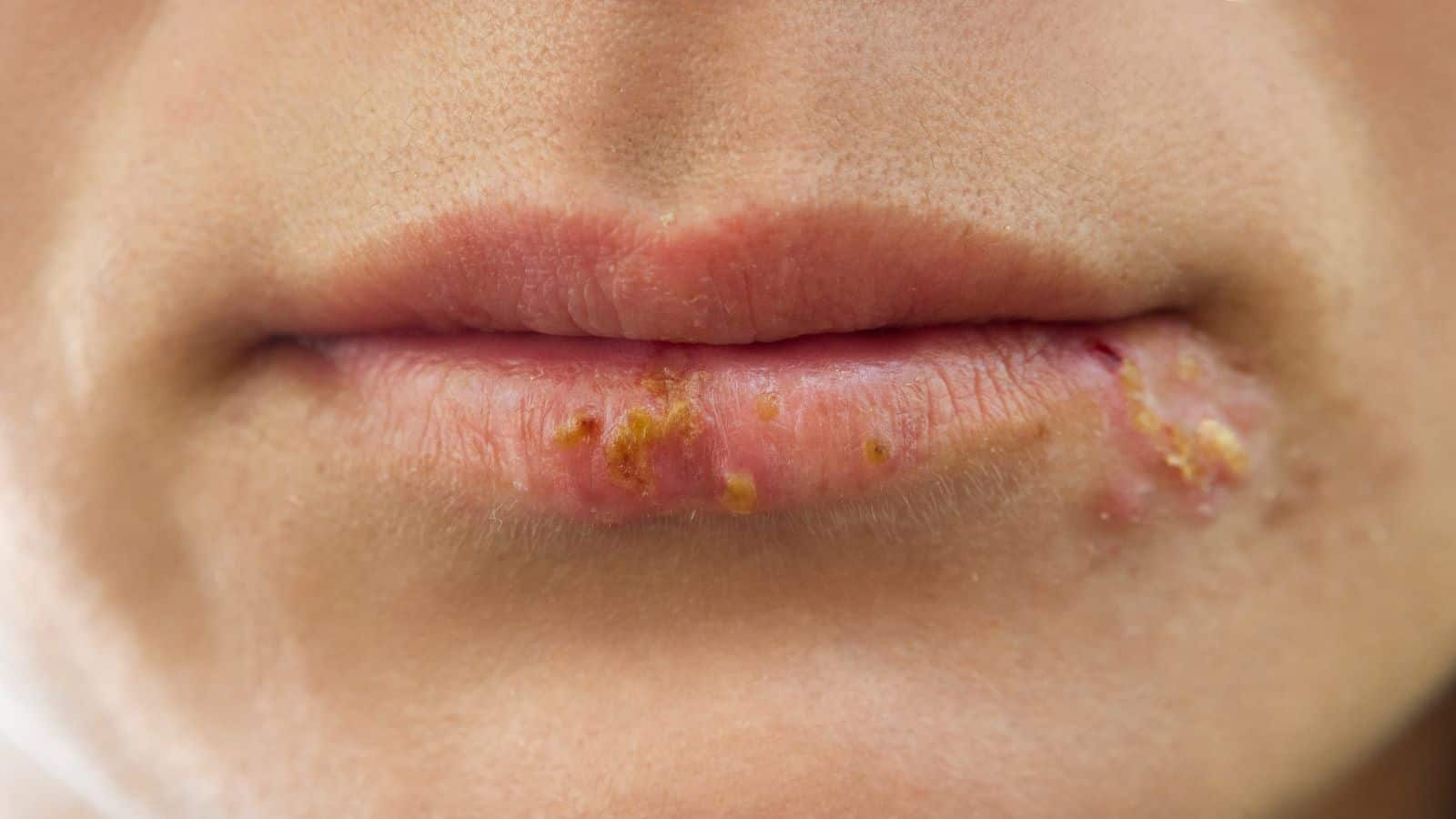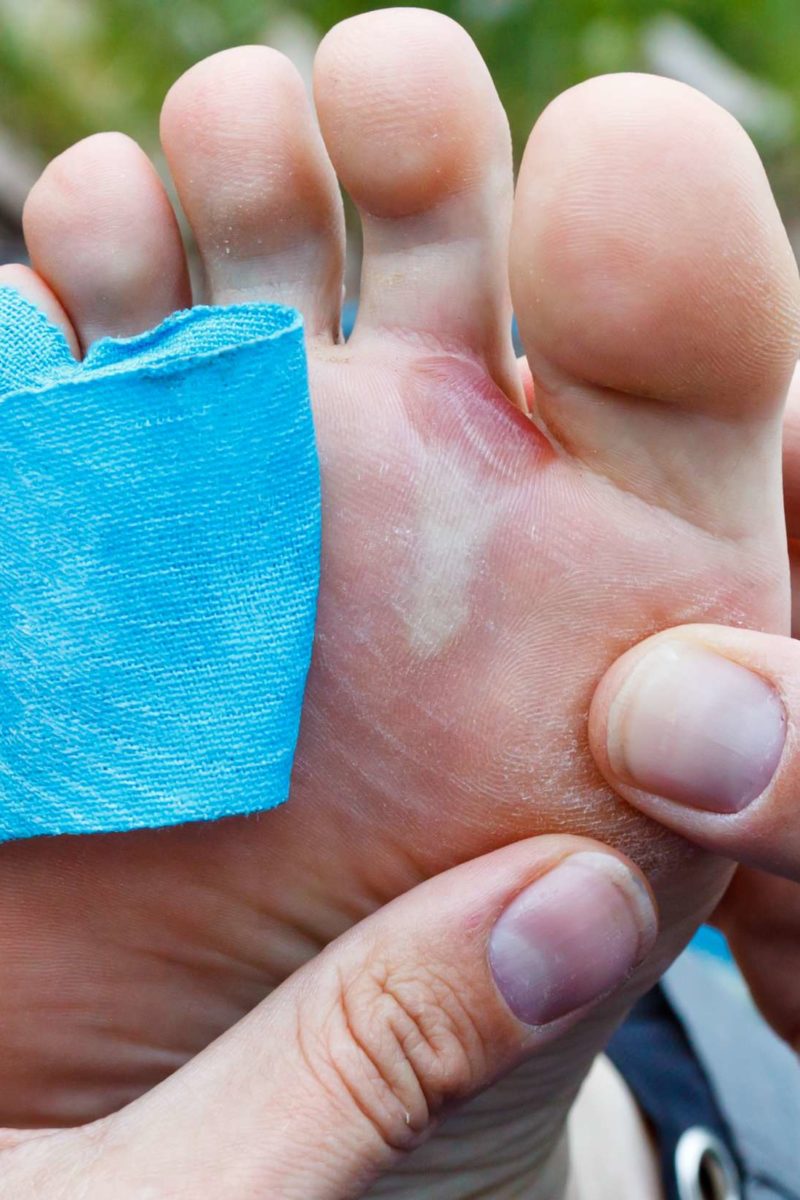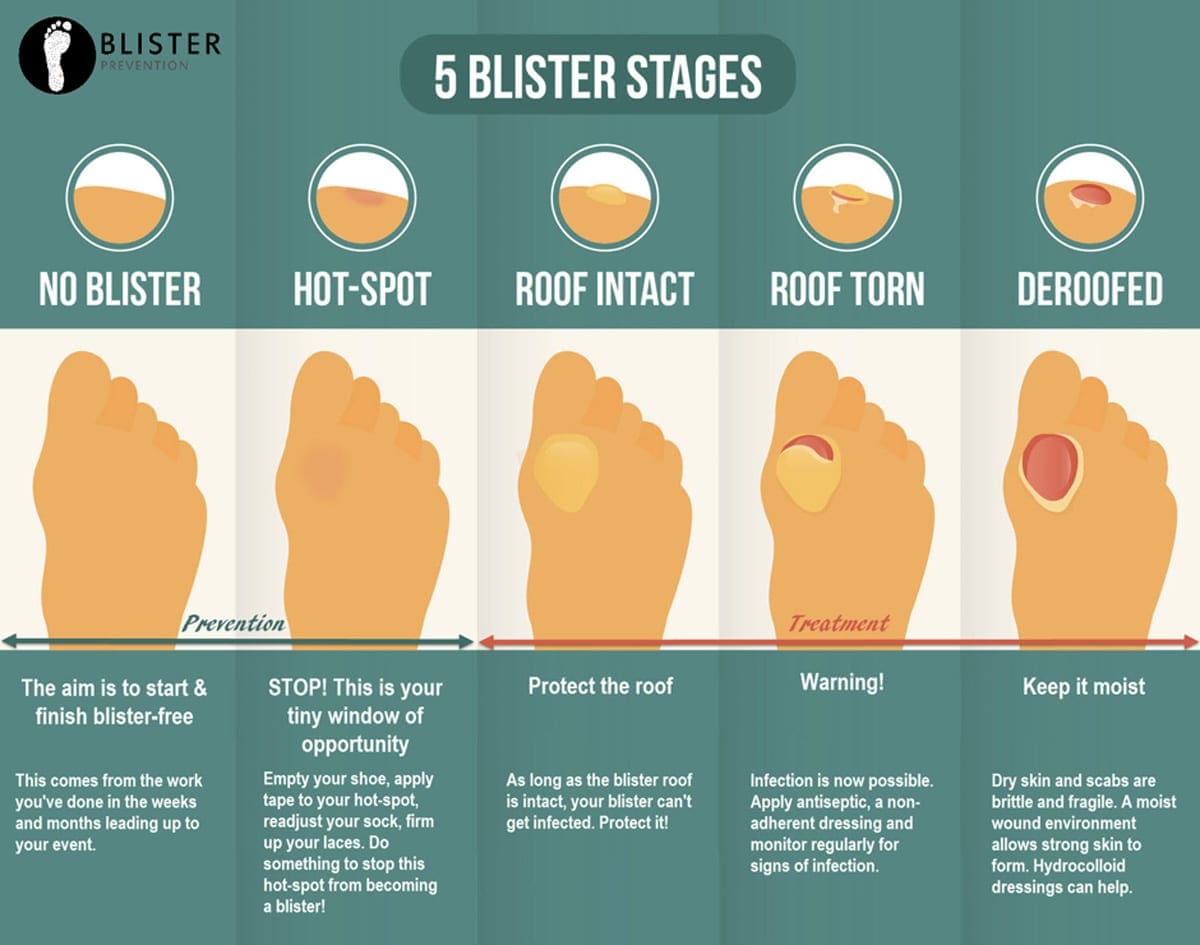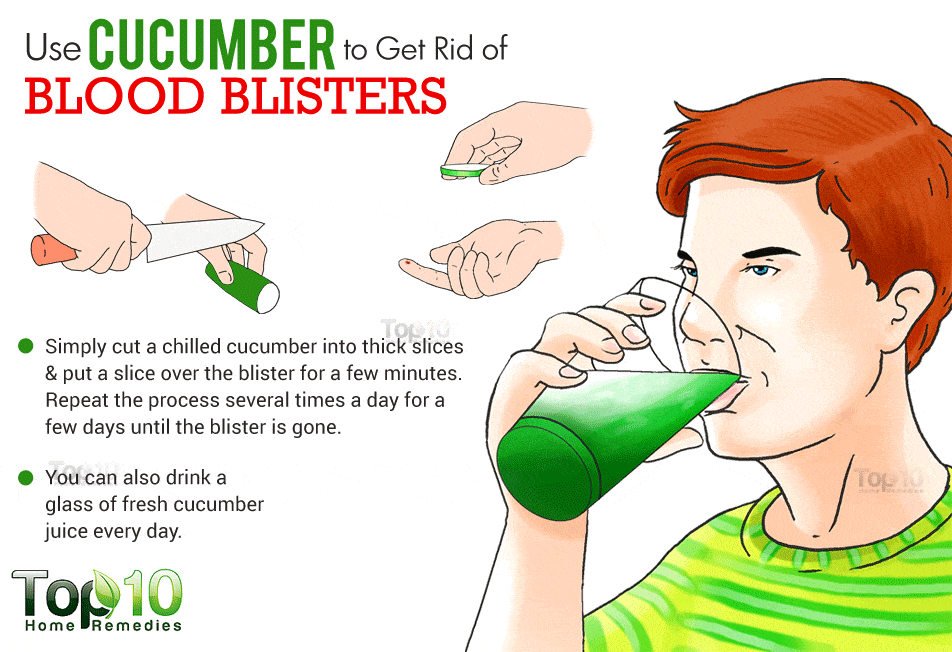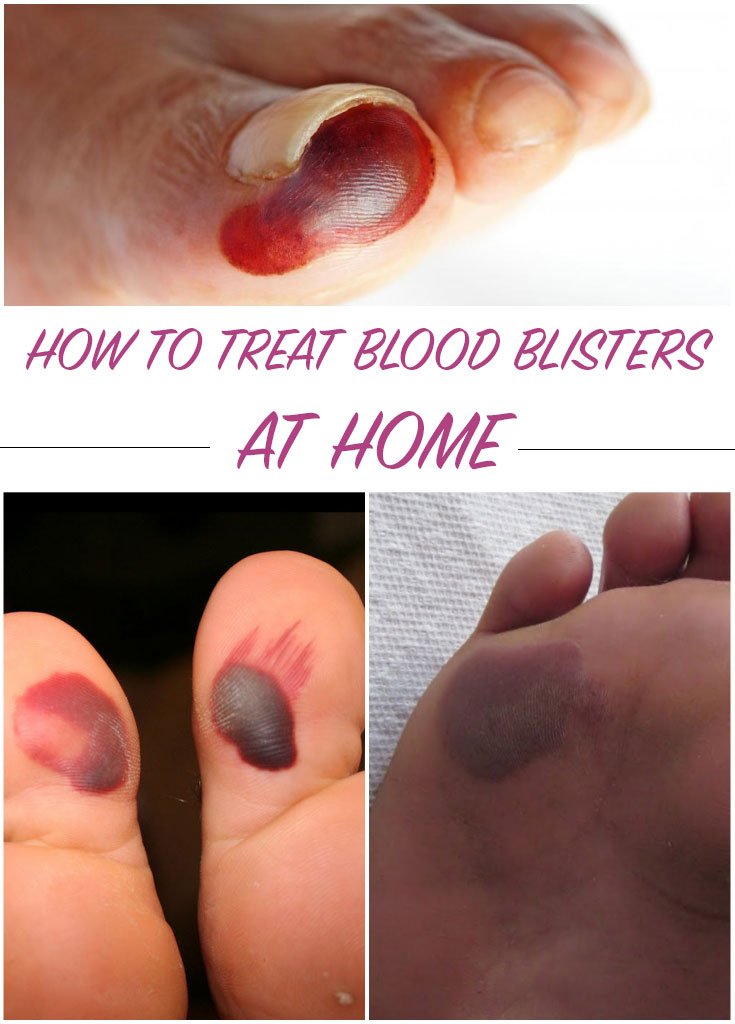Real Info About How To Heal A Blood Blister
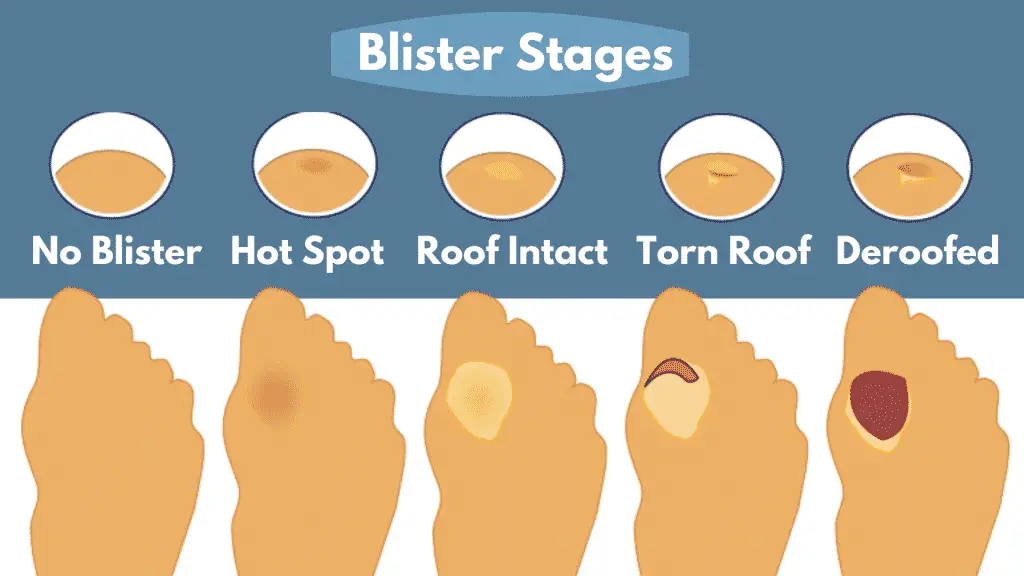
Blisters may be painful or itchy.
How to heal a blood blister. Try not to put pressure on the area. The blister should heal over one to two weeks, eventually going down as the fluid inside dries out. Fortunately, blood blisters usually go away on their own, but some treatments can help speed up the healing process.
Avoid breaking the skin, as it heightens the risk of infection and scarring. This stops further damage and gives the tissue time to heal. So, a better strategy is to keep it clean and protected.
Blood blisters may look red or black and are filled with blood instead of clear fluid. Things you should know to treat a blood blister, don't pop it—keep it clean and dry, and let it heal on its own. Apply an antibacterial cream or ointment onto the blood blister.
Any blister can become infected and may require medical treatment to heal. Unbroken skin over a blister may provide a natural barrier to bacteria and decreases the risk of infection. Leave it uncovered or cover loosely with a bandage.
Blood blisters and friction blisters usually heal after one or two weeks. After washing your hands, gently wash the blood blister with mild soap and water. If the blister is in a pressure area.
These reduce friction and keep moisture away from your feet. There are ways for a person with blood blisters in their mouth to relieve symptoms and promote healing. They heal because new skin forms below the.
If a blood blister pops, rinse the area with cool water and cover it with a bandage. Blisters can develop anywhere on the body but are most common on the hands and feet. Advertisements the topical cold numbs the underlying nerves to make you feel less pain, but this effect only lasts for a short period.
Most blisters are filled with a clear fluid (serum). Over a period of a few days or weeks, the blood in the blister gradually dries out without any treatment Some causes include trauma, food allergies, and having a low platelet.
A reddened and tender patch of skin; Some common causes of blisters include: For a blister that has not popped try not to pop or drain it.
Apply a thin layer of petroleum jelly and cover it with a nonstick bandage. Change the bandage once a day or whenever it gets wet or dirty, and remove at night to let the area dry. Look for signs of infection, which include redness, heat, swelling, and pain around the blister, as well as an unpleasant smell and pus filling up the blister.
